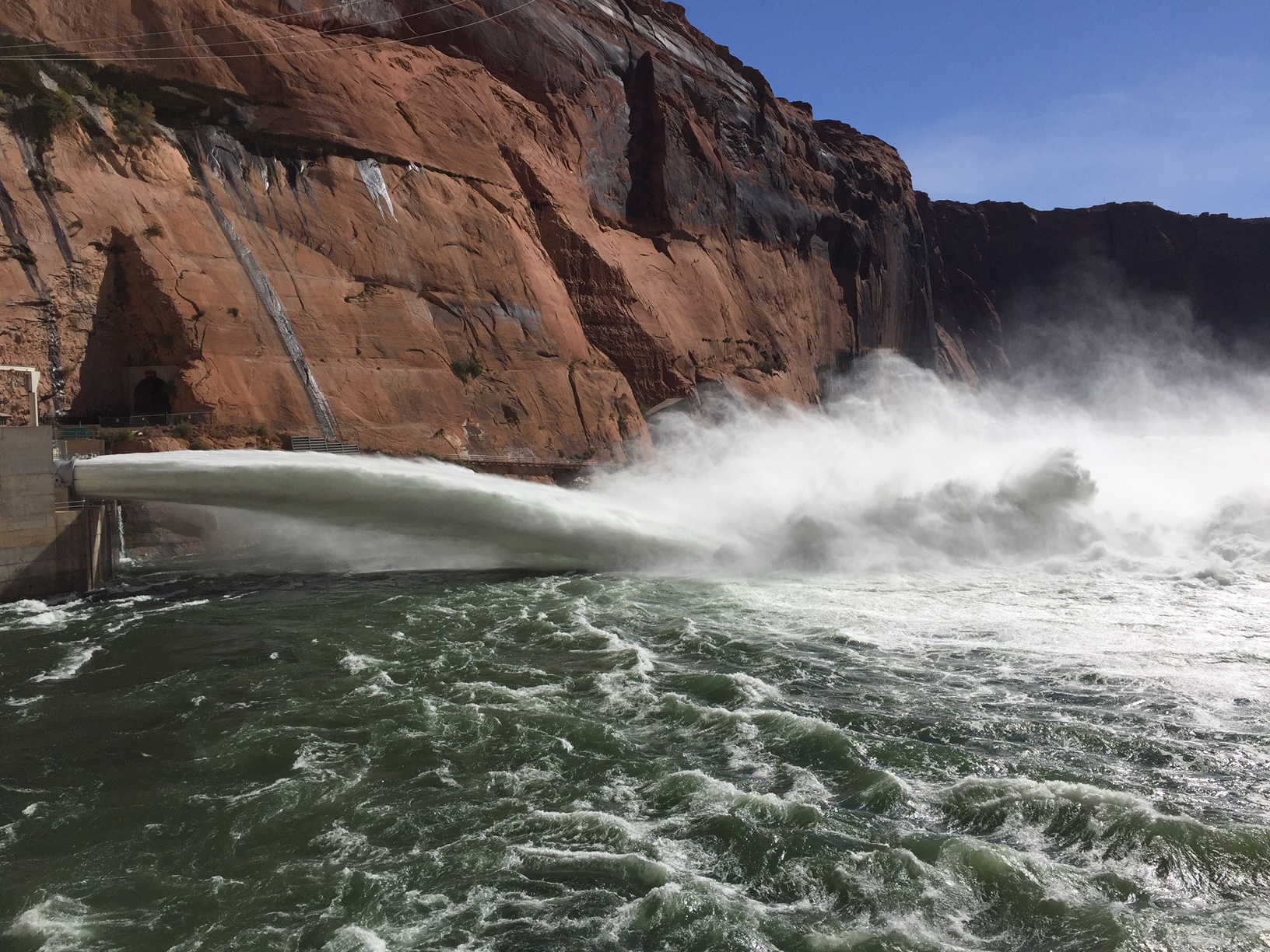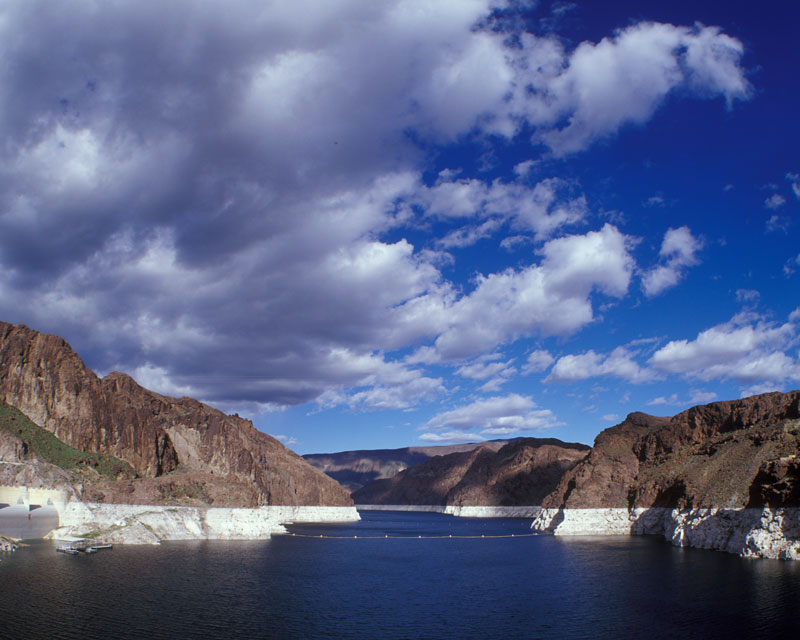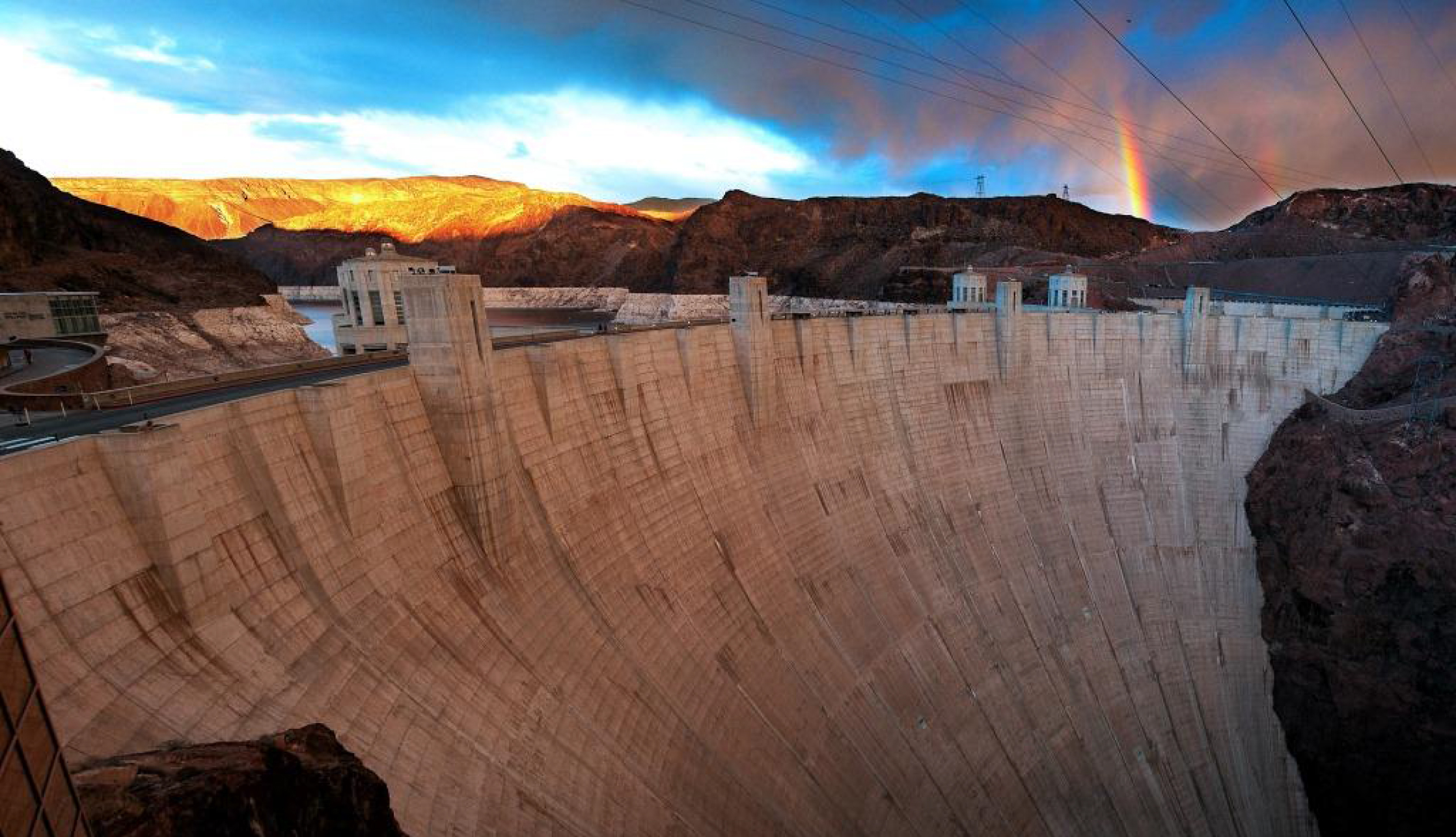
Confronting Colorado River challenges
Climate change, drought and overuse are taking a heavy toll on the Colorado River and those who depend upon it.
Declining runoff and sinking reservoir levels have sparked widely-documented concern on the Colorado, leaving utilities and districts in seven states — including Denver Water — planning ways to avoid shortfalls on the river that could threaten water supplies from the Front Range to Southern California.
These plans, called drought contingency plans, require states in the upper and lower basins of the Colorado River to map out ways to ensure enough water remains in two mammoth reservoirs that are key to managing water supplies in the river basin. Ultimately, the states want to manage the river so that it can continue to support their growing populations, agricultural economies and the environment.
One of several outstanding elements was resolved on Jan. 31, when Arizona’s state legislature approved the DCPs just ahead of a midnight deadline set by the federal Bureau of Reclamation for the Colorado River basin states to complete the plans.
“This is an important moment for Denver Water, for Colorado and for all of the seven states and country of Mexico that depend upon the Colorado River,” said Jim Lochhead, Denver Water’s CEO/Manager. “These plans required states to make difficult decisions that may lead to temporary reductions in how much water we take from the river. But these plans are critical to avoiding crisis and ensuring secure supplies in this era of shortage.”
Denver Water gets half of its supply from the Colorado River Basin, so the utility and the 1.5 million people it serves in metro Denver are directly affected by the changing conditions — both natural and political — in the basin.
“This is a huge challenge for us,” said David Bennett, director of water resource strategy for Denver Water. “For so long these issues on the river seemed more distant. But as the long-term drought within the Colorado River Basin continues, it’s now become one of the biggest challenges we’ve ever faced.”
Many factors are at play on the Colorado, but the primary driver to a shortage in the Colorado River Basin is hydrological. Less water is coming into the system than in decades past. A drought — what many warn may really be a long-term shift — has seen below-average flows into Lake Powell in 15 of the last 19 years.
Powell, a massive reservoir that collects runoff from the upper basin states of Colorado, Wyoming, New Mexico and Utah, is dropping. Upstream of the Grand Canyon, Powell releases water to the lower basin states of California, Nevada and Arizona. That water is captured and stored in Lake Mead, which is also seeing levels fall.
Lake Mead’s shortfalls can be attributed to overuse. In effect, more water has been withdrawn from Mead than the basin has produced. That overuse, combined with drier conditions, has sent reservoir levels dropping to record low levels.
Keeping both Powell and Mead at higher elevations not only protects water users in drier periods but also assures hydroelectricity production, the revenues from which fund an array of water management activities on the river, including operation of other federal reservoirs upstream and endangered species protections.
“Every year the lower basin states overuse (their allocation) they keep the entire basin in crisis,” Andy Mueller, the general manager of the Colorado River District, told the Colorado Water Congress at its annual convention in Westminster this month.
For its part, Lochhead said, the upper basin also must ensure it meets its legal obligations to the lower basin, regardless of the water management problems in the lower basin states.
Colorado and its three neighboring states must send an average of 7.5 million acre-feet of water to Lake Powell every year. Should, over time, the upper basin fail to meet that average, the lower basin states can “call” for more water — a scenario that could create a chaotic scramble to find water to send downstream and one the drought contingency plans are designed to prevent.
The drought contingency plans produced by the upper and lower basins take steps designed to reduce pressure on Powell and Mead. These steps include:
- The lower basin DCP that provides for “shortage-sharing,” where California, Nevada and Arizona will take less water from Lake Mead to help reservoir levels rebound and protect hydropower production.
- The upper basin DCP consists of:
- Continued cloud seeding operations.
- A reservoir operations agreement that provides for releases from major reservoirs upstream from Powell (Flaming Gorge in Wyoming/Utah, Navajo in New Mexico/Colorado and Blue Mesa in Colorado) to prop up Lake Powell as needed.
- A demand management agreement that would create a 500,000 acre-foot “storage pool” within Lake Powell from water conservation efforts in Colorado, Utah, New Mexico and Wyoming.
A major goal of the upper basin DCP is to maintain water levels in Lake Powell above an elevation at which power can still be produced. Water stored in Powell under the demand management agreement will be protected from release unless needed for an emergency “call” of water to the lower basin states.
Creation of the storage pool will be a major undertaking for Denver Water and other Colorado River water users. It will require significant planning and negotiation to determine both how water users will generate the needed water to fill the pool and how to ensure that conserved water makes its way through the river system to Powell. The Colorado Water Conservation Board, a state planning agency, will be a key leader in such discussions.
At the Colorado Water Congress meeting this month, both Lochhead and Mueller pledged to do their part in working with the CWCB, forging ahead cooperatively and providing leadership to the state’s water community.
“We need to roll up our sleeves and get after it,” Lochhead said. “As I’ve indicated many times, we’re prepared to contribute our share of water into the solution. We’re going to have to work together as a state for our mutual benefit and survival in the upper basin.”



